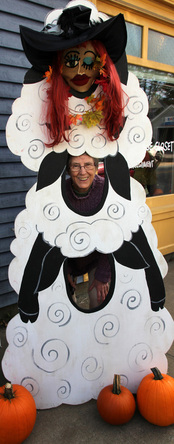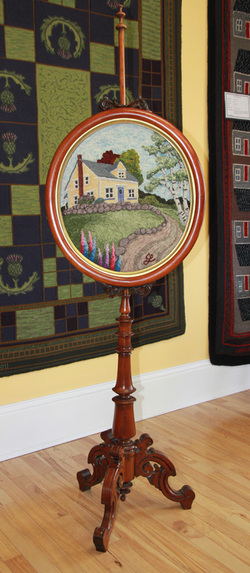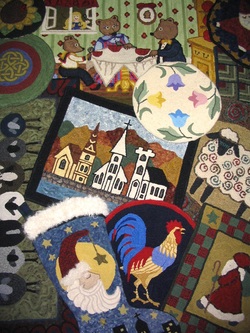Deep down we all basically know what we want, because we definitely know what we don’t like, and by the process of elimination we usually get to the place we want to be. I try to dispel any notions that rug hooking is difficult, breaking down the different aspects so that it is less intimidating. The last thing anyone needs is a dependency on other people, preventing them from blazing ahead with their creative mind and materials. Beginning classes that take six months to a year, where you are not allowed to progress past the last lesson until the next appointment seems to be an elementary approach, stunting the student's productivity and the creative drive that attracted them to this art form in the first place. Grandma didn’t take classes, she probably mimicked her mother’s movements and then jumped in with both feet, designed her own patterns and dyed her wool without a full-time mentor, proof positive that it can be done. Actually some of the most talented rug hookers I know have never taken a lesson beyond being shown how to pull up a loop. There are those who discourage new rug hookers from pursuing instruction because of the influence it would have on the raw, natural talent they may have. As humans we tend to conform easily, adapting to external forces and in the process we can loose a part of ourselves in the process. Teaching is a tricky deal, you don’t want to influence a student into being a carbon copy of you, a little mini me, pardon the pun. Your only directive should be to nurture their talent, and promote autonomy so they can confidently make their own choices.
I see it all the time. Beginners in the middle of these lengthy courses come into the shop to buy patterns and wool to hook behind their teachers back because they love hooking and want to indulge their own creative ideas immediately. I guess I’ll be in trouble for saying this although I am not casting dispersions on anyone’s teaching style; I'm just passing along the observations and experiences that I have witnessed from twelve years in the business. I've taken all the requests, complaints and questions of past customers and compiled it into a teaching outline so my
students benefit from the foibles and follies of all those who came before them.
A comment has reached me via the hooking grapevine that I am wrong, that it is impossible to teach rug hooking in a three hour course and of course I agree. What I am teaching is not the A-Z of this craft, no mentor or book can give you that. Rug hooking, as in all things, is an ongoing education. What I am promoting is how to properly use a hooking tool to achieve the optimum degree of skill when executing a loop. Just the way you hold your hook can greatly change the way your loops turn out. These details do not get enough attention. My classes are all about how to pull proper loops and minimize wrist strain. It doesn’t matter what first project you are working on, what matters is that you learn the skill to hook in straight lines, wavy lines, circles and know how to give the proper definition to objects in the design. My goal is to show you the basics so when you attempt something a little more involved, say flower shading, you can concentrate on the position of the wool values to achieve realism, not have to worry about the quality of your loops.
So many people come into the shop with problems. Although they have taken classes they tell me their technique was not addressed so they fall short on neatness and proper loop formation. Without the right foundation, rug hooking can be frustrating and you might not be able to achieve the quality you wished to accomplish. Over the years I’ve heard many tales of woe and I’ve dispensed tips and helpful advice to literally thousands of customers who complain they could be much happier with their work. Luckily most of the concerns are just an easy fix and they look at me as if I’ve invented the wheel. I'm no hero, I just like to do things properly and pass it on.
Rug hooking, as in any craft, is meant to be fun so there should never be frustration, pain or blood. Yes, I meant blood! A woman took a class, loved it but had to give it up because she bled too much. I asked her to demonstrate how she hooked and discovered she was stabbing the hook tip into the end of a finger below every time it dipped down into the backing hole so the hand could position the wool. It wasn’t long before a bloody sore put an end to her hooking ambitions. A quick correction of her technique put her back in the game and I got a nice big hug! Another common complaint is that the previous loop falls back down through the hole when the next loop is being pulled up, another simple fix. There should never be any struggle, discomfort or pain associated with rug hooking!
Here's another common problem I would like to share. A few years ago a client called and ordered enough hand-dyed yarn to hook a large floral design. She was an experienced hooker with several decades under her belt. A Snowbird, she was heading to Florida and this was going to be her winter project. I don’t hook with yarn but I do know that one 4 oz skein of 2 ply wool will cover an area approximately one foot square in size. So I hit the dye pots and cooked up a beautiful palette. I was a bit concerned about the quantity of each colour, especially if she ran out and would want me to colour match a year down the road so I made certain she had more than enough to complete the project.
You can understand my surprise when six months later, the woman was back in Nova Scotia and I get a panicked call that she'd run out of the background colour. Oooppps! She said she only had enough wool to cover half of the background. Double oooppps! After the initial shock wore off disbelief kicked in. Impossible! How could she be out??? I questioned whether she was a high hooker or if she hooked every hole? No was the reply to both. That was all I had and because assessments are impossible over the phone I asked her to come in with the rug so I could figure out what happened.
The rug was fantastic. The colours were so rich I swooned. Her hooking was superb; her loops were perfectly uniform almost of machine quality. Everything looked in order... that is until I turned the rug over to view the back. Oh my! The mystery was solved. There was more wool below than was covering the top. When she pulled up each loop through the backing hole she didn’t pull it tight to the back of the rug just pulled enough to achieve the height needed on top. It was amazing she was able to hook with all those floppy, inch long loops hanging below. Her rug would have been reversible if not for the fact that the hanging loops were way to long and shaggy in their appearance.
I explained what was happening and showed her how to pull the yarn so it snugged up against the back of the rug. She was a bit angry. In all the classes she had attended, no one ever told her she was doing anything wrong. She was annoyed about all the wool that was wasted over the years and the money that purchased it. She thanked me over and over, and went home to tear it all out and start over.
This was just one of many valuable lessons I've learned from my customers. Noting their struggles has taught me to spend extra care with my students so they fully understand the technique of rug hooking. Often I have seasoned rug hookers join my class to fix problems that have frustrated them for years. No one leaves my class without the basics under their belt and I tell them, if you feel the need fto build a bit more confidence come back and sit in on a second class for free. No one has ever taken me up on the offer. I view that as a good sign. Despite the objections of others, I feel my beginning class is the best three hour investment any rug hooker can make, and yes, I always check the underside of their projects before they leave.



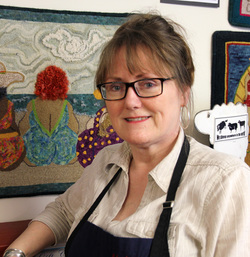

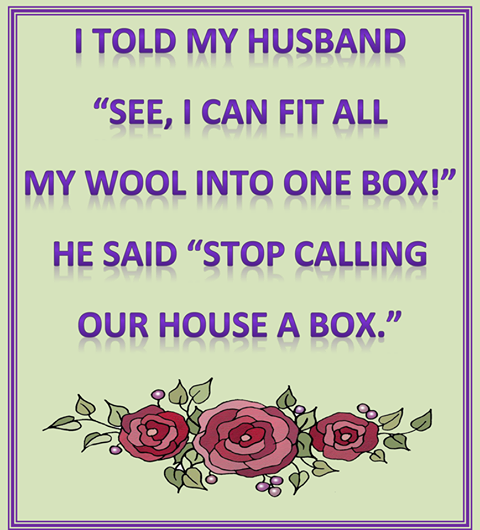
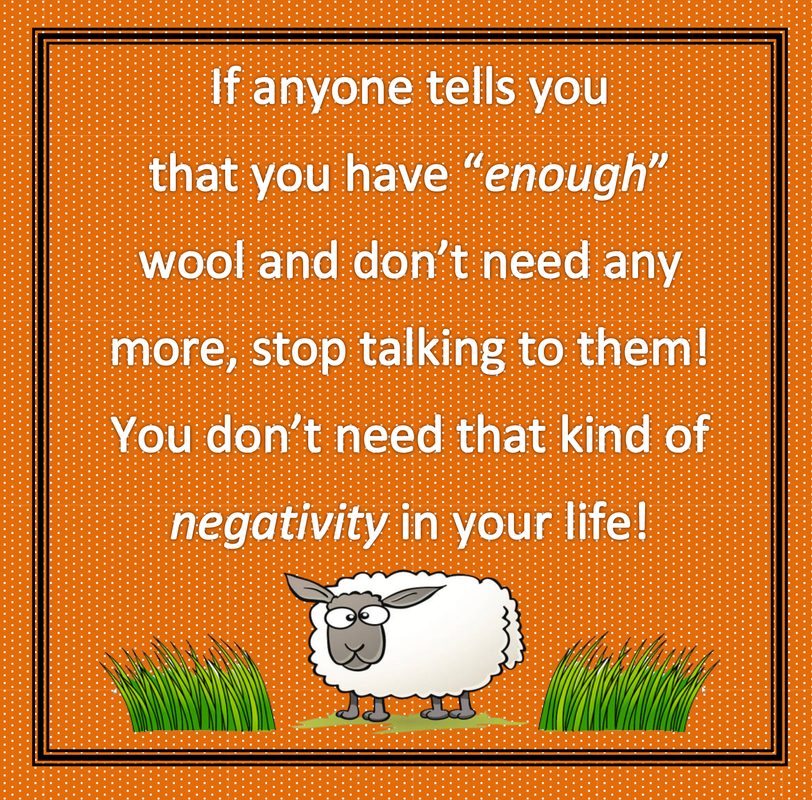
 RSS Feed
RSS Feed


